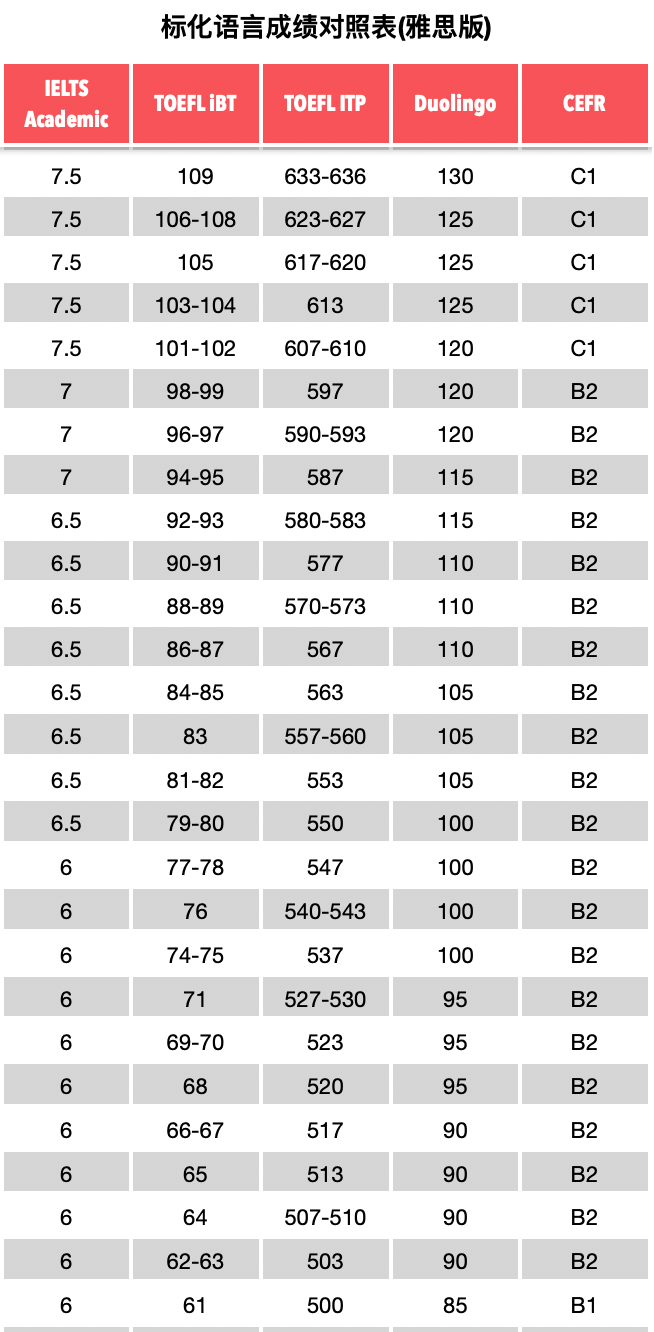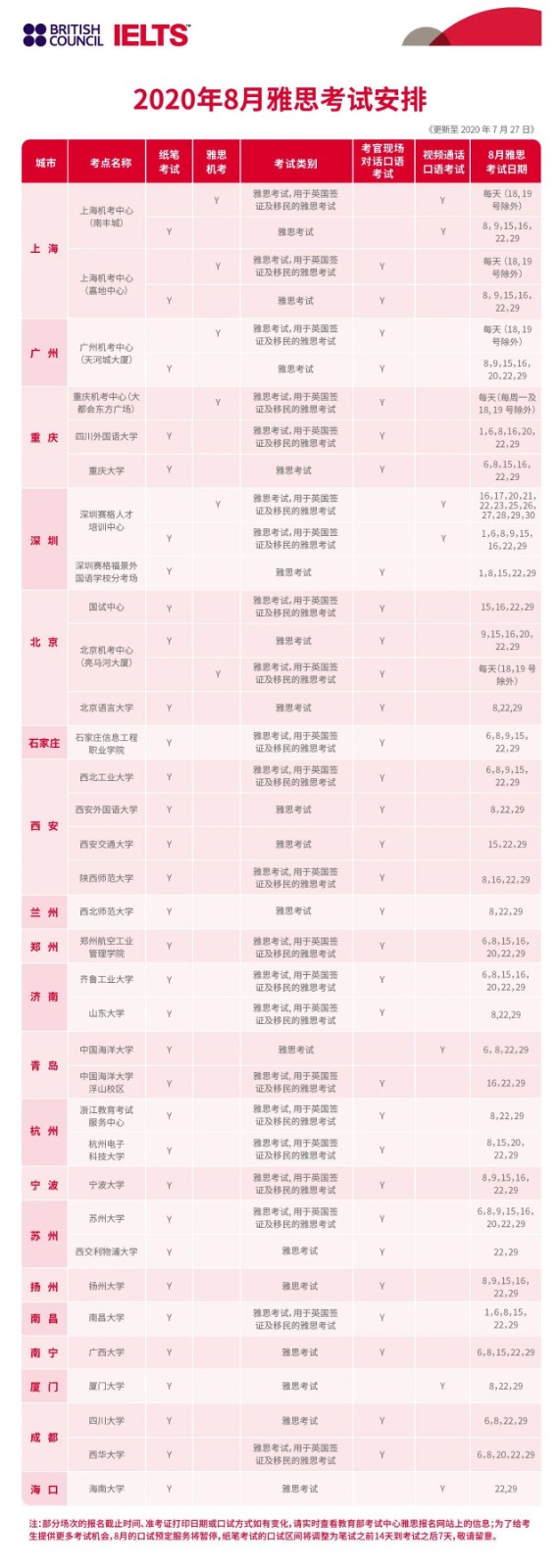托福听力中关于漏听这个问题也是老生常谈了,新托福听力中的选材更为广泛,下面小编就和大家分享托福听力中老生常谈问题有哪些,希望能够帮助到大家,来欣赏一下吧。
托福听力中老生常谈问题有哪些
所谓新托福听力题型,所谓技巧,不过就是对讲座结构,说话结构的规律在个案中集中体现。希望后期复习的同学们能够具体体会的思路,其实也就是学术场合的说话结构。而这些结构,也即说话思路,对口语的练习有着举足轻重的作用。只是很多同学没有能够体会到这点,盲目做题,陷入焦躁和迷茫。
新托福听力备考过程中走神有两种情况:一是前面有听不懂的内容,导致后面意思衔接不上。二是莫名其妙就走神了,脑子一片空白。“高强度强制性练习”是唯一有效解决方法。
具体方法是:选择适合的难度,每天至少听一个section(5-7分钟),强迫自己集中注意力,一旦走神,把录音停下来,倒回去,重头一遍!听单个section不成问题后,再两篇连续听,同样,一旦走神,重头再听,依次类推。
练习时间:以录音时间两倍的量进行练习,一直训练到托福听力考试。这个练习能使大脑的持续作战能力延长到30分钟以上。另外,记托福听力笔记也是防止走神的一个有效方法之一。
有人说,托福听力考试,如果出现走神的情况,是属于pace的问题,一旦遇到自己不懂或者不太明白的词汇,就会出现焦急和紧急,心里上出现混乱,导致产生了走神的现象,所以,除了上面“高强度强制性练习”的方法之外,考生还要在备考中加强自己的词汇量,从而更好的提高自己托福听力成绩。
可以看出托福听力备考时还是有不少工作要准备的,新托福听力需要大家集中精神认真对待,只有这样才有可能在托福听力中有一个好的成绩。
托福听力练习对照文本
OK. In the last class we talked about the classification of trees, and we ended up with a basic description of angiosperms.
好的,在上节课我们谈论了关于树的分类,然后我们以一个被子植物的基本的描述结束。
You remember that those are plants with true flowers and seeds that develop inside fruits.
你们还记得那些是真正的花和种子发育在果实中的植物。
The common broadleaf trees we have on campus fall into this category, but our pines don't.
我们校园里普通的阔叶树属于这种分类(种类),但是我们的松树不(属于)。
Now, I hope you all followed my advice and wore comfortable shoes because, as I said, today we're going to do a little field study.
现在,我希望你们都听从了我的建议,并且穿了舒服的鞋子,因为,像我说过的,今天我们将会做一点野外调查。
To get started, let me describe a couple of the broadleaf trees we have in front of us.
作为开始,让我描述在我们面前的两个阔叶树。
I'm sure you've all noticed this big tree next to Brant Hall.
我相信你们已经注意到这棵大树在Brant Hall(大厅,礼堂,教学大厦,教学大楼,展览馆,宴会厅。。。)旁边。
It's a black walnut that must be 80 feet tall.
它是一棵黑胡桃,肯定有80英尺高。
As a matter of fact, there's a plaque identifying it as the tallest black walnut in the state.
事实上,有一块匾标识了它作为这个州最高的黑胡桃树。
And from here we can see the beautiful archway of trees at the Commons.
然后,从这里我们能看见在公共食堂(那边)美丽的树的拱形通道。
They're American elms.
它们是美国榆树。
The ones along the Commons were planted when the college was founded 120 years ago.
沿着食堂的这些(树)是当120年前大学建校时种的。
They have the distinctive dark green leaves that look lopsided because the two sides of the leaf are unequal.
他们有着特殊的深绿色叶子,看起来倾向一侧,因为两边的叶子是不对称的。
I want you to notice the elm right outside Jackson Hall.
我要你们注意就在Jackson Hall外面(紧挨着)的榆树。
Some of its leaves have withered and turned yellow, maybe due to Dutch elm disease.
它的一些叶子已经枯萎并且变黄了,也许是由于荷兰榆树病。【植物病理学】(由小蠹虫带来的真菌感染引起的)
Only a few branches seem affected so far, but if this tree is sick, it'll have to be cut down.
到目前为止只有几个树枝似乎感染了,但如果这棵树病了,它将不得不被砍倒。
Well, let's move on and I'll describe what we see as we go.
好,让我们继续,并且我将描述在我们路上所见到的(边走边看边描述)。
托福听力练习对照文本
Human populations near the equator have evolved dark skin over many generations because of exposure to the fierce rays of the Sun.
赤道附近的人类种群由于曝露在强烈的太阳光线中,在经过很多代之后已经进化出了深色的皮肤。
A similar phenomenon has also occurred in other parts of the animal kingdom.
一个类似的现象也发生在动物王国的其他其他部分。
The African grass mouse is a good example.
非洲草鼠是个很好的例子。
Most mice are nocturnal, but the African grass mouse is active during daylight hours.
大多数老鼠是夜间活动的,但是非洲草鼠在白天的时候活跃。
This means that it spends its days searching for food in the semidry bush and scrub habitats of eastern and southern Africa.
这意味着它花费它的白天(时间)寻找食物,在东部和南部非洲的半干的灌木丛栖息地中。
Its fur is striped, like a chipmunk's, which helps it blend in with its environment.
它的皮毛是有条纹的,像金花鼠的(皮毛),这帮助它融入了它(周围)的环境。
Because it spends a lot of time in the intense tropical sun, the grass mouse has also evolved two separate safeguards against the Sun's ultraviolet radiation.
由于它在强烈的热带阳光中度过了很多时间,草鼠还逐步形成了两项单独的保护措施抵御太阳的紫外线辐射。
First, like the populations of humans in this region of the world, the skin of the grass mouse contains lots of melanin, or dark pigment.
第一项,像在世界的这个区域的人类种群一样,草鼠的皮肤包含了很多黑色素,或者说黑的色素。
Second, and quite unusual, this mouse has a layer of melanin-pigmented tissue between its skull and skin.
第二项,而且相当不同寻常(的是),这种老鼠在它的头盖骨和皮肤之间有一层黑色素着色的组织。
This unique "cap" provides an extra measure of protection for the grass mouse and three other types of African mouse-like rodents that are active during the day.
这个独特的“帽子”为草鼠和其他三种非洲的类鼠的啮齿类动物提供了一项额外的保护措施。
The only other species scientists have identified with the same sort of skull adaptation is the white tent-making bat of the Central American tropics.
科学家已经鉴定的有同样的头骨的适应(形式的)唯一的另外的物种是中美洲热带地区的白尾皮蝠
Although these bats sleep during the day, they do so curled up with their heads exposed to the sun.
虽然这些蝙蝠在白天的时候睡觉,它们这样做(晒太阳)把头部暴露在阳光下地蜷缩着
托福听力中老生常谈问题有哪些
上一篇:托福听力读哪些材料合适呢
下一篇:托福阅读中逻辑关系是怎样引导的呢






